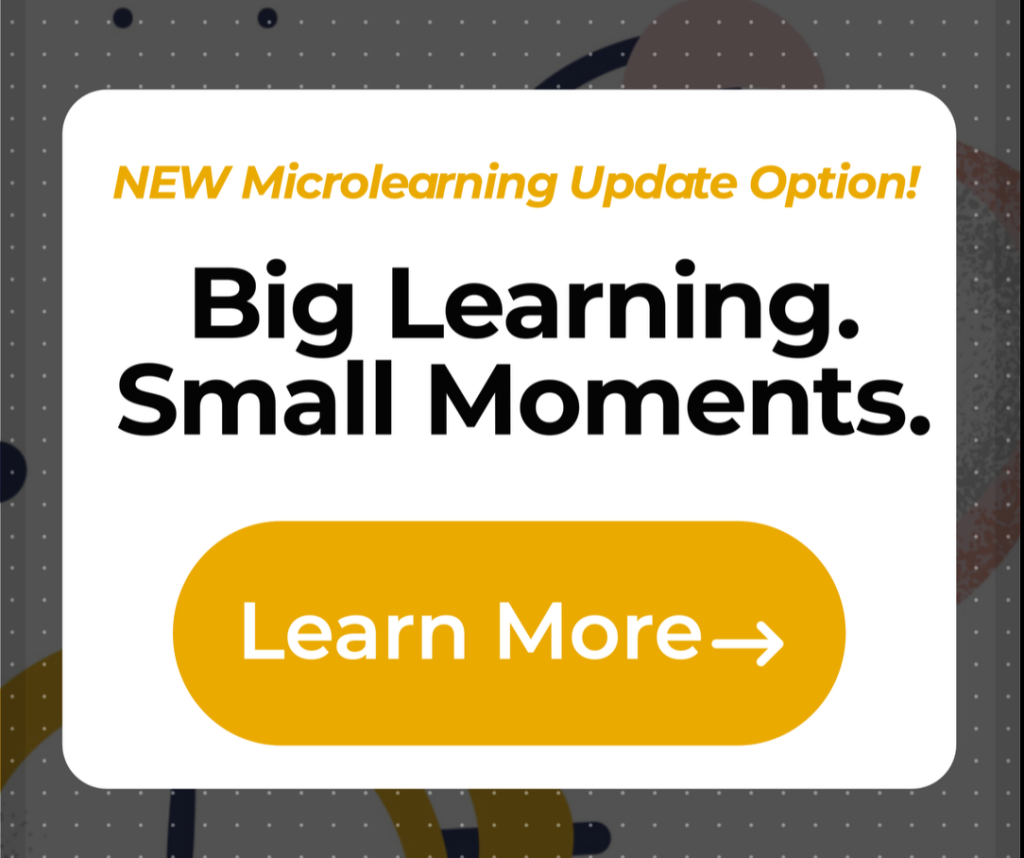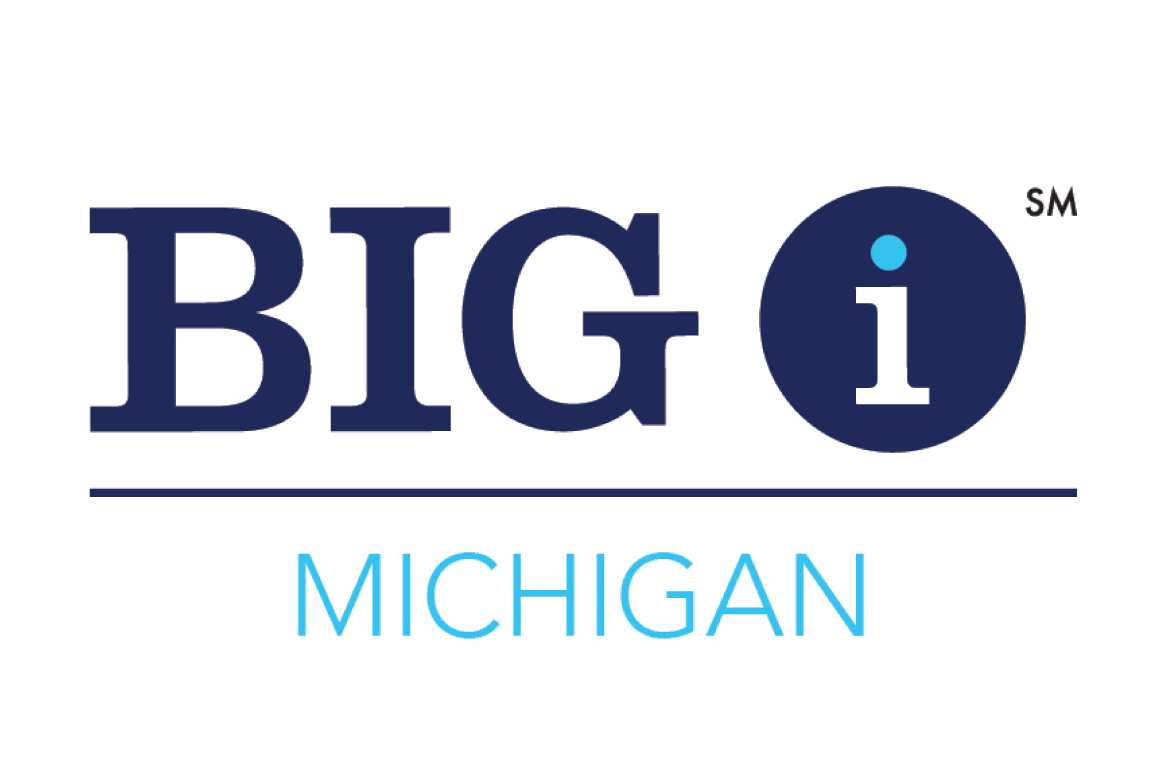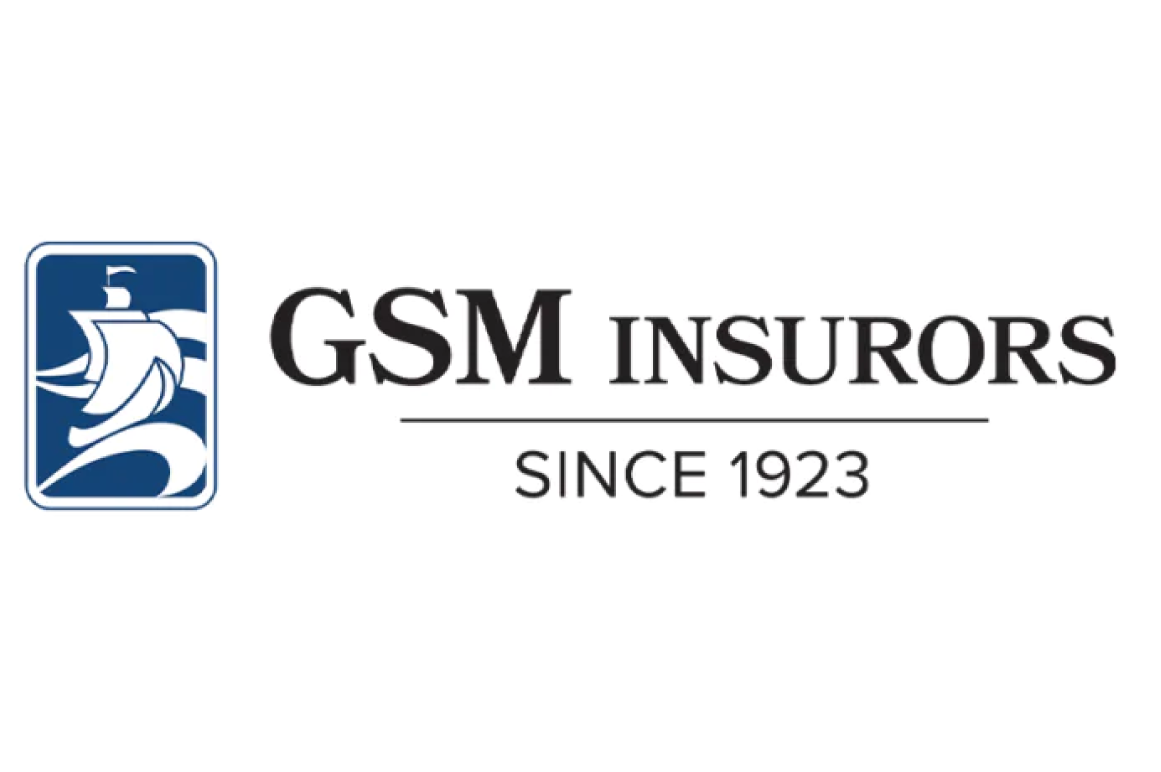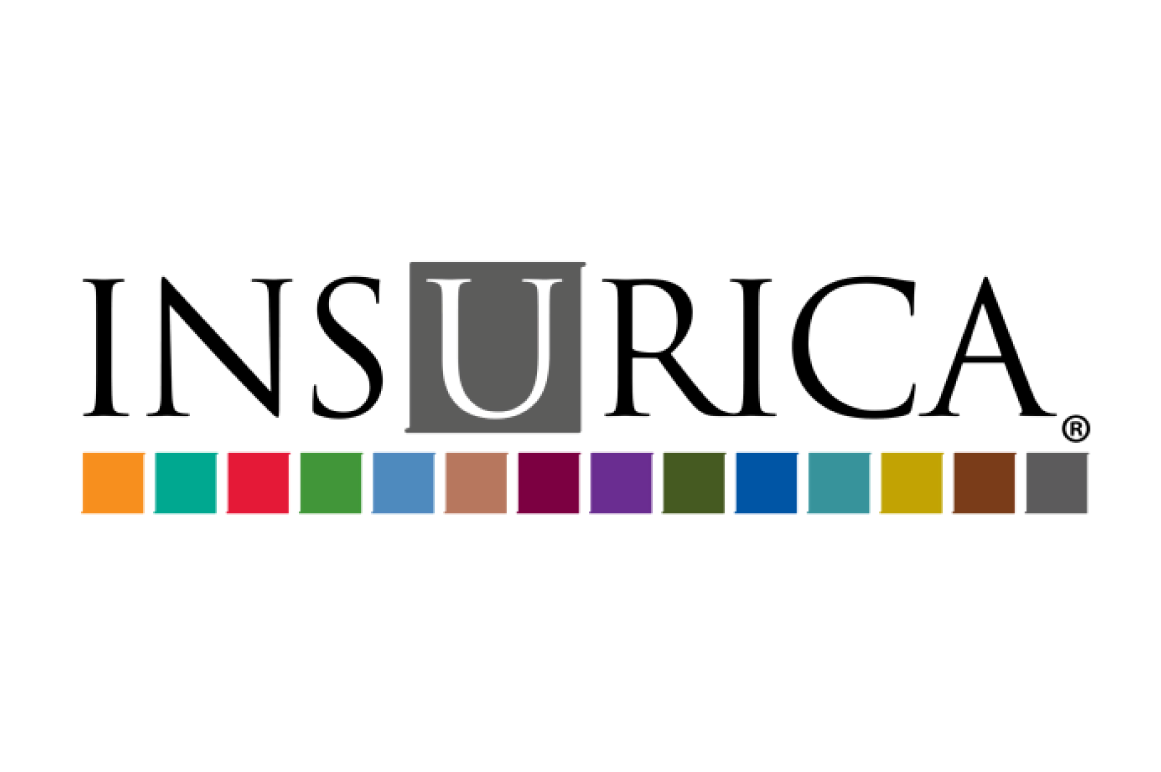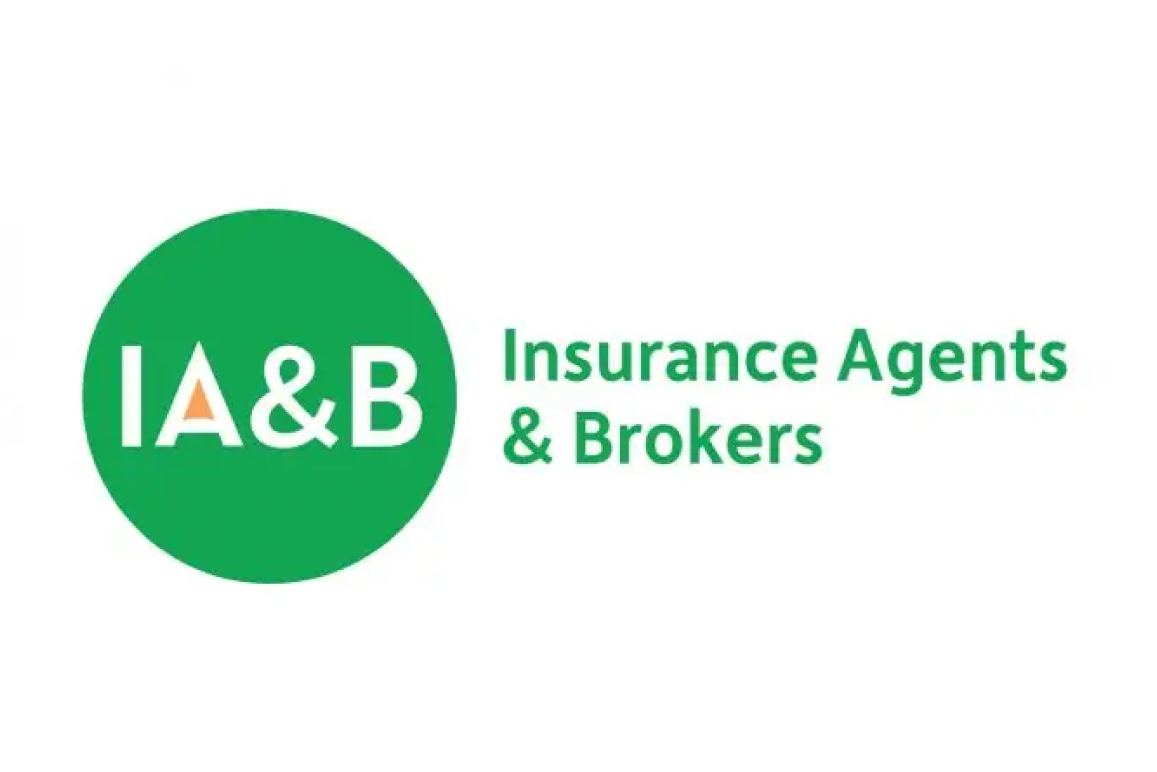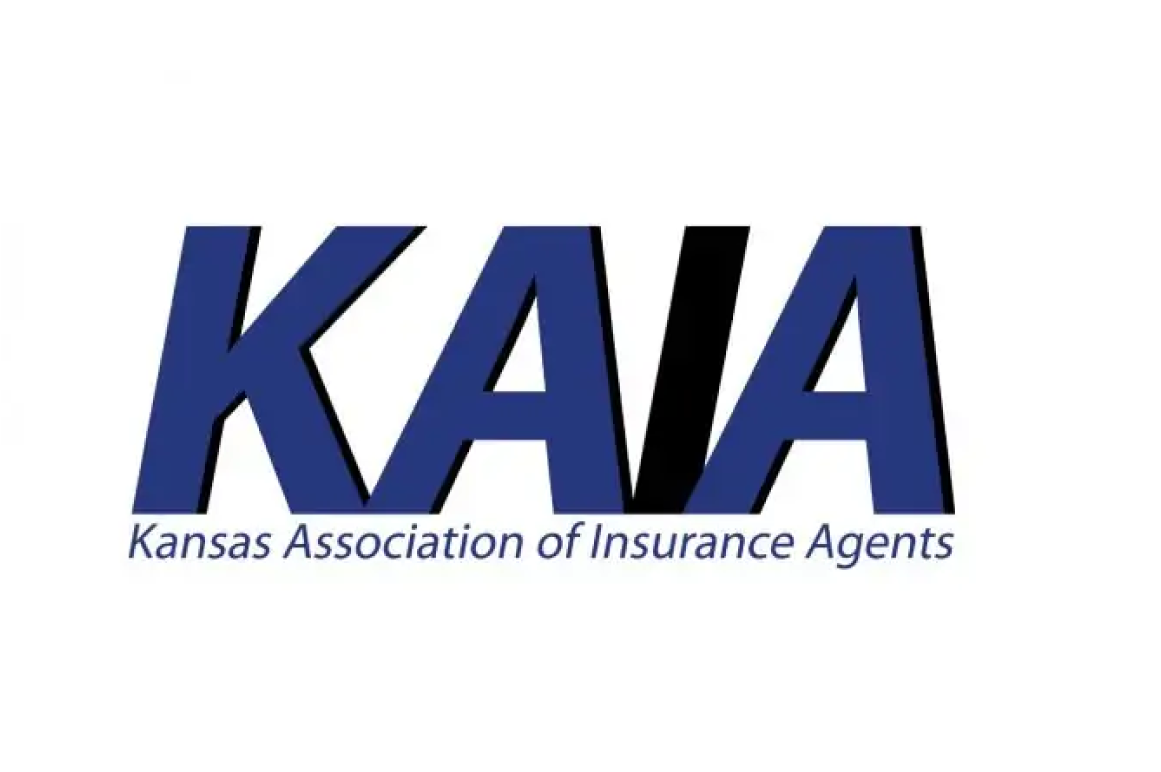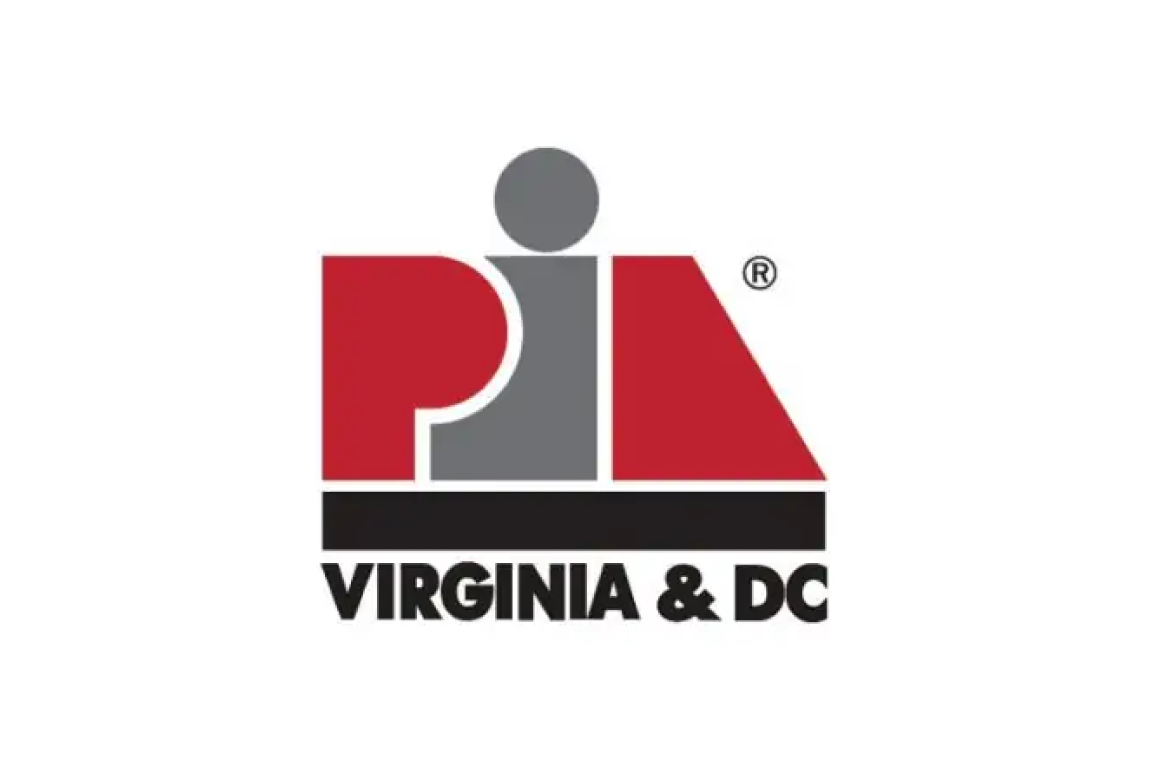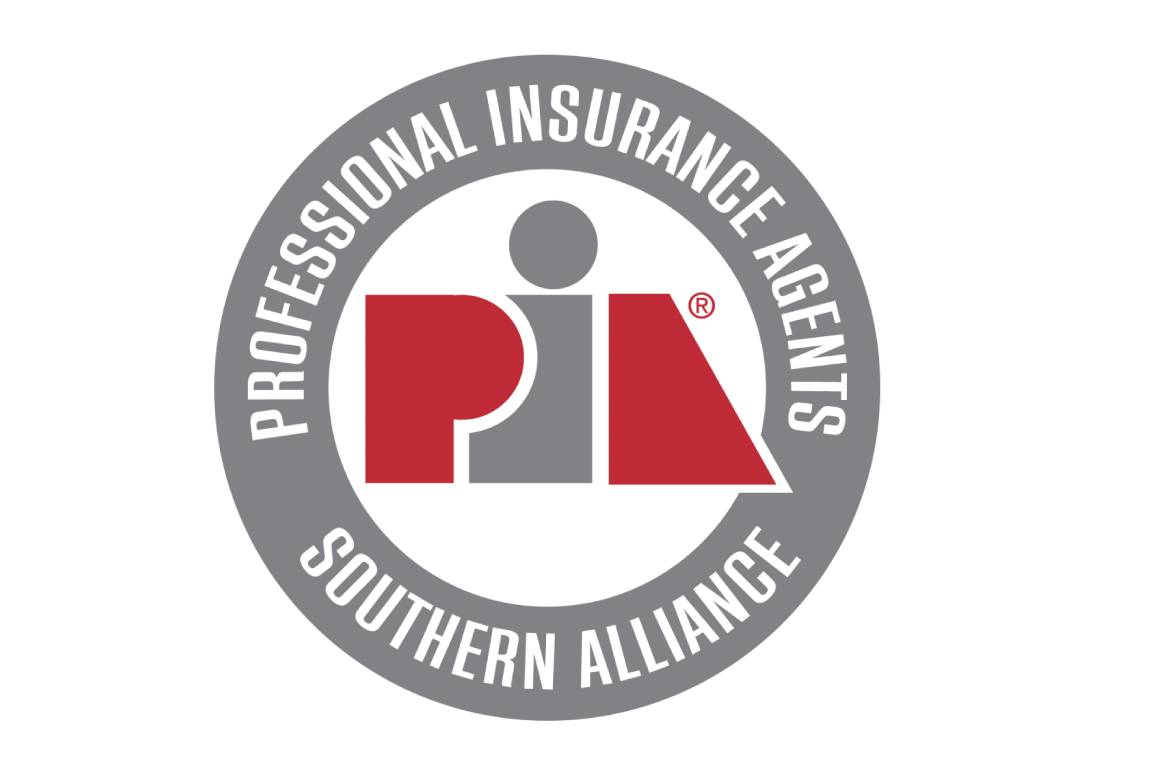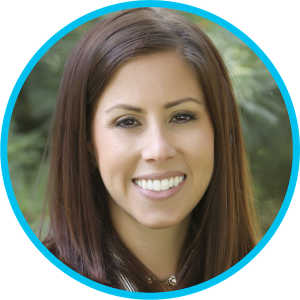
By Noelle Codispoti, CPCU, ARM
Noelle is the Director of Emerging Talent Programs and Head of the Research Academy at the National Alliance for Insurance Education & Research. Through a holistic approach that encompasses education, talent development, research, and advocacy, The National Alliance Research Academy shapes a resilient and socially responsible insurance industry to benefit individuals and society. An accomplished leader in the early talent space, Noelle has spent the last 15 years actively advancing the discourse on recruiting, retention, and the future of the industry.
“What keeps you up at night?”
This question has become standard for insurance executives across the industry, on conference stages and in boardrooms.
Talent consistently tops the list of concerns for executives, and the risk and insurance industry has been grappling with a significant talent gap for nearly 15 years. Reports by Deloitte and McKinsey in 2009 and 2010, respectively, highlighted the severity of the talent shortage and called for immediate action. The discourse on the “Talent Gap,” “Talent Shortage,” “Talent War,” and the need for so-called new blood in the industry has been ongoing. Every related topic, from the workforce needs of different generations to the reputation and image of the industry, has been discussed. However, the sheer magnitude of the challenge is perhaps the most alarming factor in this struggle.

The Magnitude of the Challenge
According to the Bureau of Labor Statistics, over the next ten years, the average number of annual openings is projected to be more than 50,000 a year for insurance agents, more than 50,000 a year for claims adjusters, examiners, and clerks, and another 10,000 on average a year for insurance underwriters. These numbers represent a calculation of the anticipated change in the number of overall positions within the associated occupation and the average of those exiting the occupation by either leaving the workforce (e.g., retiring) or making a complete industry change (e.g., becoming a high school teacher). As such, you’ll often hear that we, as an industry, have nearly 400,000 open job opportunities in the coming years.
While significant and daunting, the current dynamics in the insurance industry, illuminated by compelling labor statistics, present a unique and exciting opportunity for individuals to make a positive impact. The discourse has already brought us some fantastic chances and good changes. If you’ve been part of the industry during this time, you’ve likely experienced the positive shift it has created.

Pioneers of Positive Narratives
In the early years of the “Talent Discussion,” Millennials and their social consciousness, embrace technology and platforms to enhance efficiency, prioritization of work-life balance, and desire for purpose were often discussed. Millennials’ desires aligned with the key pillars of the risk and insurance industry, and we found a generation that fit us. Those same individuals now have nearly 20 years in our industry and are among the best champions of our careers.

Organizations like the American Property & Casualty Insurance Association, Insurity, the Jacobson Group, and A.M. Best recognized the opportunity that sharing positive stories and experiences would have on attracting other millennials and the generations coming after them. Their collaboration resulted in one of the most profound initiatives ever to come from our industry, the Insurance Careers Month, a grassroots initiative that, in this its 9th year, brought together more than 1,000 global industry organizations to inspire new talent and share all that makes our industry the best to work in.
Changing the narrative and creating a positive image of the risk and insurance industry as a workplace was an essential first step. In 2010, McKinsey noted that the poor reputation was one of the key challenges we faced in solving the crisis.
Another critical challenge McKinsey observed was the “limited understanding among high school students of the industry’s career opportunities.”

Shaping Insurance Careers Through High School Engagement
During a recent webinar by The National Alliance for Insurance Education & Research, we discussed how high school engagement can considerably impact a young person’s decision to pursue specific career paths. While it’s likely to be the earliest touchpoint for career exploration, but the industry underutilizes high school insurance education as a tool. However these programs and work-based learning offer critical career path exposure.
Recognizing the imminent demand for skilled professionals and their unique position as an insurance education provider to the industry, The National Alliance for Insurance Education & Research, based in Austin, TX, developed its Certified Insurance Services Representative High School Program (CISR HS) in 2019.

High school students participate in five primary modules of the curriculum, covering a broad and diverse range of risk and insurance topics:
- Risk Management
- Personal Auto
- Personal Residential
- Commercial Property & Casualty
- Life & Health
Students can also earn a nationally recognized industry designation, the Certified Insurance Services Representative (CISR) designation, which helps them demonstrate their commitment to the industry and knowledge.
In Texas, where the annual average need for insurance agents is over 4,000 individuals through 2030, these statistics underscore the critical necessity of programs like the CISR HS initiative. The Program’s creation is a proactive response that equips young individuals with the essential skills and knowledge required for successful careers in insurance, fostering a new generation of talent to meet the evolving needs of the industry.
States like Alabama and Indiana, where the need for insurance agents, claims professionals, and underwriters is more than 3,000 professionals annually, have followed the lead of Texas and implemented the CISR HS Program. These projections do not consider other areas of the insurance industry, like actuaries, data analysts, marketers, and IT.

Bridging Insurance Education and Work: The Essence of Work-Based Learning
Engagement is pivotal in shaping individuals’ career choices, allowing individuals to gain practical, hands-on experience within authentic work environments. The CISR HS Program is designed to include engagement from the risk and insurance industry through Work-Based Learning opportunities.
Work-based learning bridges insurance education and work realities, offering high school students unique opportunities to apply knowledge in genuine scenarios. These work-based learning programs include internships, apprenticeships, part-time work, and shorter-term engagements like mentorship programs, classroom visits, office shadow days, and more. The alignment of classroom and workplace learning as well as the application of academic and technical skills, and mentor support are fundamental components. The activities can be tailored to the intricacies of the risk and insurance industry.

Skill development takes center stage in work-based learning for insurance professionals. Participants apply theoretical knowledge from the classroom to real insurance scenarios and cultivate essential soft skills such as effective communication, teamwork, and nuanced problem-solving. This dual focus on academic and practical skills equips individuals with a well-rounded skill set crucial in navigating the complexities of the insurance industry, enhancing their employability within this specialized field.
For employers in the risk and insurance industry, active participation in Work-Based Learning programs can be a game-changer, offering many advantages for workforce development, recruitment, and overall business triumph.

Sleeping More Soundly
“We need people” is a clear and resounding sentiment from agency owners, large insurance companies, claims departments, and talent acquisition. So, be a catalyst for creation. We can be catalysts for creation by championing new talent pipelines and educational opportunities.
Participating in work-based learning has one significant pivotal benefit: cultivating a robust talent pipeline. It allows insurance employers to identify and nurture promising talent early in students’ educational journeys, creating a steady stream of adept candidates for future roles. This strategic connection ensures a pool of qualified professionals and fosters a sense of commitment among future insurance industry experts.
Another notable advantage is reduced recruitment costs. By engaging with students through these programs, insurance employers can assess their capabilities and work ethic before committing to full-time positions. This forward-thinking approach results in more cost-effective recruitment processes, saving valuable resources and time. Simultaneously, employers benefit from a more streamlined recruitment process, having already observed candidates’ performance and suitability during their experiences in insurance settings.
Furthermore, work-based learning contributes significantly to workforce diversity in the insurance industry by attracting candidates with diverse perspectives and backgrounds. This diversity enhances the innovative and inclusive culture within insurance organizations. Employers gain access to a talent pool that reflects a broad range of ideas and approaches, fostering creativity and adaptability in the dynamic field of risk and insurance.
Embracing work-based learning is a strategic investment in insurance individuals’ professional growth and insurance enterprises’ enduring success.

So, where to begin?
Our industry’s journey begins by recognizing that individual efforts can contribute to making a difference. There are several ways to get started:
 Start Local Conversations
Start Local Conversations
Risk and insurance are applicable across many courses already offered at the high school level. Engaging with schools does not require a school to have a dedicated insurance course.
- Start by selecting a high school close to your home or office.
- Extend an offer to be a speaker in a classroom.
- Connect with key stakeholders such as business teachers, counselors, principals, or career coordinators by phone or email.
Do you know another insurance professional in the same location? Encourage those in your network to follow suit. A collective effort involving individuals from diverse career backgrounds enriches the experience (and limits each individual’s time commitment).
 Volunteer to Speak or Offer Office Visits
Volunteer to Speak or Offer Office Visits
Field trip anyone? School field trips were always some of the best days! We can create those experiences and promote careers in the industry simultaneously.
If you serve as a risk manager or work with clients managing factories, entertainment venues, or retail locations (to name a few), explore the possibility of organizing a field trip. This activity allows students to learn about the risk management process, understand how insurance functions to support organizations, and gain insights into various job roles within the insurance ecosystem.
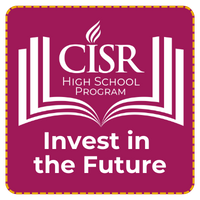 Investing in the Future: The CISR High School Program
Investing in the Future: The CISR High School Program
Bringing the CISR HS Program to your local high school is an investment in the future of both students and the industry. The program is a comprehensive educational experience that goes beyond a single event. A curated curriculum covering various aspects of the risk and insurance industry offers students a deeper understanding of the subject matter. Adding classroom speakers and field trips to the experience is an unbeatable combination.

Participate in Collective Efforts
The risk and insurance industry has grappled with talent shortages for over a decade, and addressing this challenge has led to transformative initiatives. Positive storytelling, exemplified by Insurance Careers Month, has reshaped the industry’s image, fostering an environment where new and seasoned professionals champion careers and unite global organizations to inspire new talent. The industry’s future success lies in cultivating talent by embracing strategic engagement initiatives. Individual efforts to inspire and educate the next generation positively impact the industry’s trajectory, whether at a beginner, intermediate, or expert level. Consider contacting a local high school, becoming a classroom speaker, organizing field trips, or advocating for the comprehensive CISR High School Program.
Collectively investing in education can shape careers and fortify the insurance industry for sustained success. What steps will you take to achieve talent resilience?!
Learn more about our Emerging Talent Programs:
References:
Deloitte. (2009). How Insurance Companies Can Beat the Talent Crisis.
McKinsey & Company (2010) Building a Talent Magnet: How the Property and Casualty Industry Can Solve Its People Needs.
Bureau of Labor Statistics (2023). Occupational Outlook Handbook.




